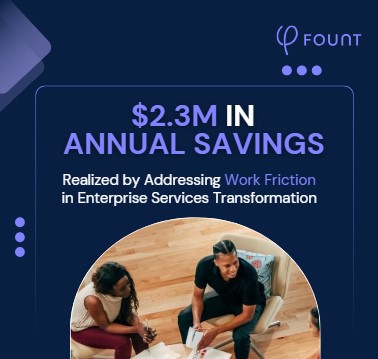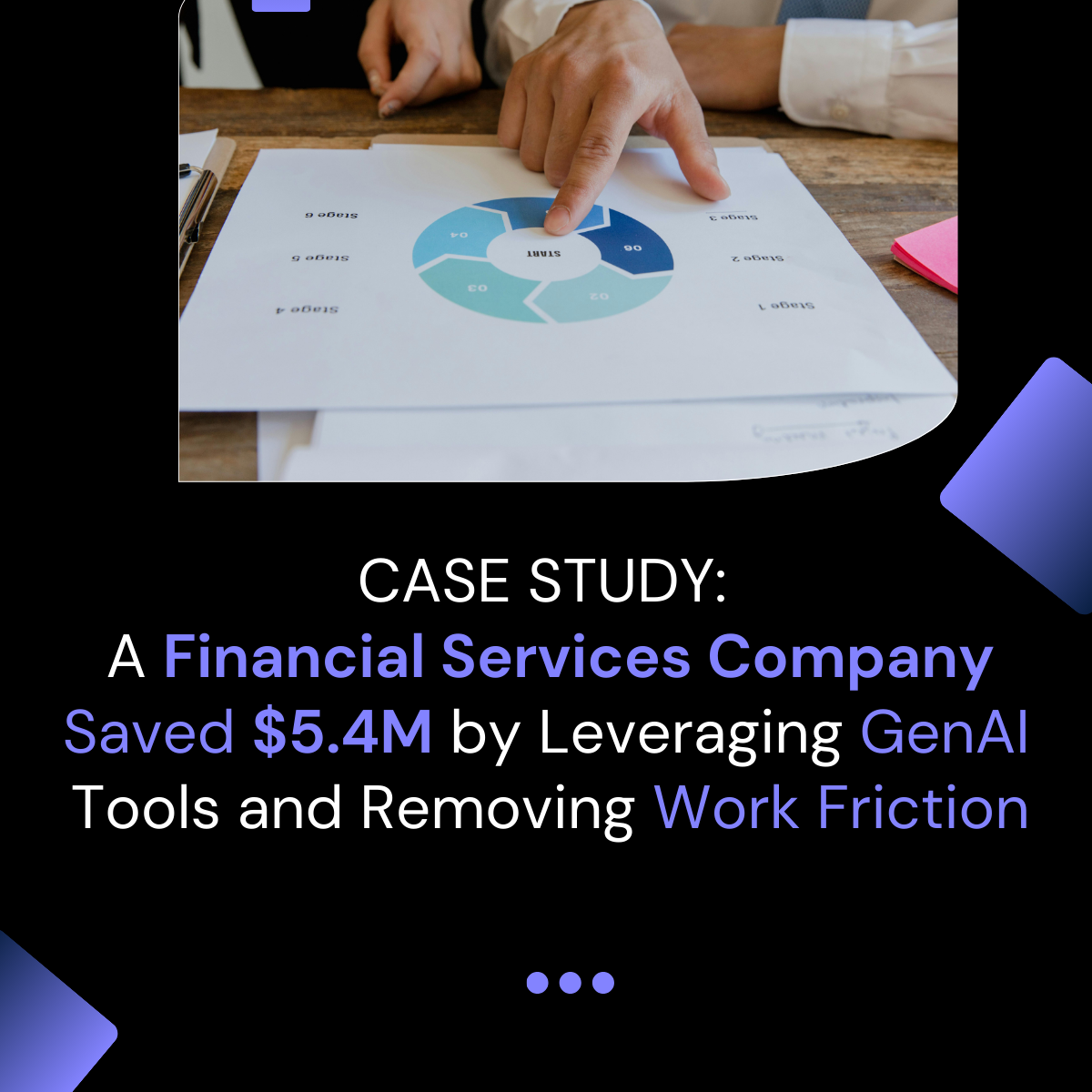Table of Contents
- 1. 2/3 of Employees Waste 2 Hours Per Day
- 2. $228 – $355 Million / Year in Lost Productivity
- 3. 70% of Digital Transformation Projects Fail
- 4. 60% of Leaders Worry Their Organization Lacks a Plan and Vision to Implement AI
- 5. Gen AI’s Impact on Productivity Is Entirely Situation Dependent
- Put Work Friction Data to Work for Your Organization
Work Friction Research Roundup: What It’s Costing Your Organization
A summary of the details of the article will go here.
You recognize the impact that identifying and eliminating work friction can have on your organization: increasing productivity, reducing wasteful spend, ensuring big investments pay off. But you need to get buy-in from other stakeholders.
If that’s your situation, this post is for you. In it, we round up the best data on the high cost of work friction and what organizations stand to gain by measuring and eliminating it. All sources are cited so you can build an ironclad case for your cause.
1. 2/3 of Employees Waste 2 Hours Per Day
Summary: This study is a classic in the world of work friction data. Gartner published research in 2020 showing that employees spend two hours per day trying to “hack” their way around various work obstacles – from communication problems to inefficient processes to misaligned technology.
For a 10,000-person organization, the losses balloon:
- 3.1 million hours of wasted time in a year
- $78.4 million in wasted effort
The Takeaway: Work friction is widespread but it can’t be eliminated with sweeping big-picture changes. To cut waste, you have to scale small waste reductions.
Dig Deeper: Gartner issued new guidelines in 2024 about how organization design can impact work friction.
2. $228 – $355 Million / Year in Lost Productivity
Summary: When it’s hard to do a job, employees tend to disengage and become less productive. Eventually, they may leave. Unchecked, employee disengagement and attrition could cost a median-size S&P 500 company from $228 to $355 million in lost productivity, according to McKinsey.
The Takeaway: Less work friction = higher engagement. By identifying and understanding where your employees are having issues – and which issues are costing you the most – you’ll have a roadmap for how to address them.
Dig Deeper: What does that kind of lost productivity look like in the context of your day-to-day business? Just for instance, that $228 million (as a reminder, the low end) could pay the salaries of more than 1,700 new software developers – imagine how that would impact productivity.
3. 70% of Digital Transformation Projects Fail
Summary: McKinsey again, with the oft-quoted finding that some 70 percent of digital transformations fail. Among the most common reasons for such an abysmal success rate:
- Lack of employee buy-in
- Low adoption rates
- Lack of engagement
The Takeaway: Want to make your current effort one of the 30 percent that succeed? Work friction data helps uncover the obstacles and pain points that may be causing employees to resist a digital transformation project.
Dig Deeper: The key is to not wait around until your digital transformation project is already off the rails. Focus instead on early assessment to find things that can be adjusted or realigned – a cheaper and far less disruptive alternative to scrapping a project entirely.
4. 60% of Leaders Worry Their Organization Lacks a Plan and Vision to Implement AI
Summary: AI progress is stalling in many companies, according to Microsoft. While almost 80 percent of leaders agree their company needs to adopt AI to stay competitive, 59 percent don’t think they’ll be able to quantify the technology’s productivity gains. The result? Paralysis.
The Takeaway: Determining where (and where not) to deploy AI to its greatest possible effect requires actionable data. Who is going to use these tools? What problems will AI solve for them? Get to the root of work friction to help answer these questions and ensure you’re setting your organization up for AI success.
Dig Deeper: Your employees could probably benefit from AI. Microsoft’s research also shows that workers are struggling with the pace and volume of their work, and are getting bogged down with mundane tasks (like email). And many are taking matters into their own hands, with 78 percent of AI users bringing their own AI tools to work – a data security and privacy nightmare.
5. Gen AI’s Impact on Productivity Is Entirely Situation Dependent
Summary: Gen AI projects are notoriously difficult to get right, and prevailing research sometimes just muddles things further, to wit:
- Productivity gains ranging from 13.8 percent to 126 percent have been found from Gen AI projects. In general, less experienced workers tend to benefit most.
- Less-experienced call center employees increased productivity by 35 percent with the help of Gen AI tools in one MIT Sloan study.
- On the other hand, junior software developers at a client we worked with were the ones who saw the smallest productivity gains from Gen AI tools.
The Takeaway: The effectiveness of any Gen AI solution is extremely situation-dependent – the key is to really understand your employees’ work and then determine how a new tool might help (or not). Work friction data can help match employee needs with your AI rollout for a greater chance of success.
Dig Deeper: Because it’s still a relatively new area, generative AI implementations require a custom approach. If you’re testing Gen AI tools, assess performance early and often so you can adjust as needed.
Put Work Friction Data to Work for Your Organization
While this research is great for spotlighting the problems associated with work friction – and for giving your key decision-makers some meaningful numbers to consider – it doesn’t provide any actual prescriptive steps to take. To go from best practices to solutions that address the specific problems happening in your organization, you have to actually measure work friction.
With the insights that work friction data provides; you’ll be able to develop the kinds of fixes that can result in the productivity increases and cost savings that your organization craves. Start by digging deeper into some of these numbers, and when you’re ready to make a move, get in touch or book a demo.
Related Resources
See all News
FOUNT News
LIVE Webinar. Beyond AI Hype: How to De-Risk Your GBS Transformation with Friction Data

Guest Post
3 Signs Your GBS Is Creating Friction Instead of Flow (And How to Fix It)
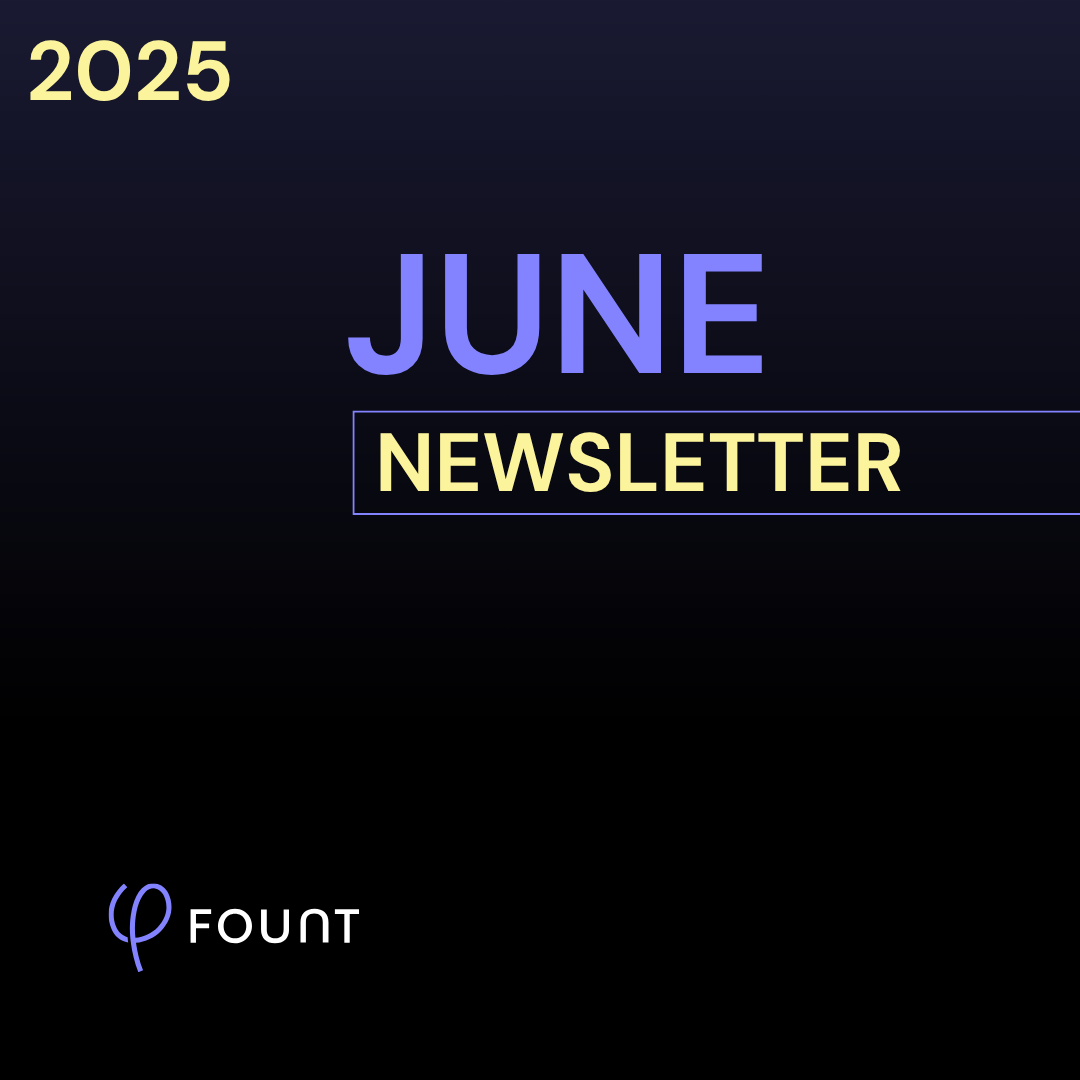
FOUNT News
June Newsletter: Friction is Killing Your AI ROI.
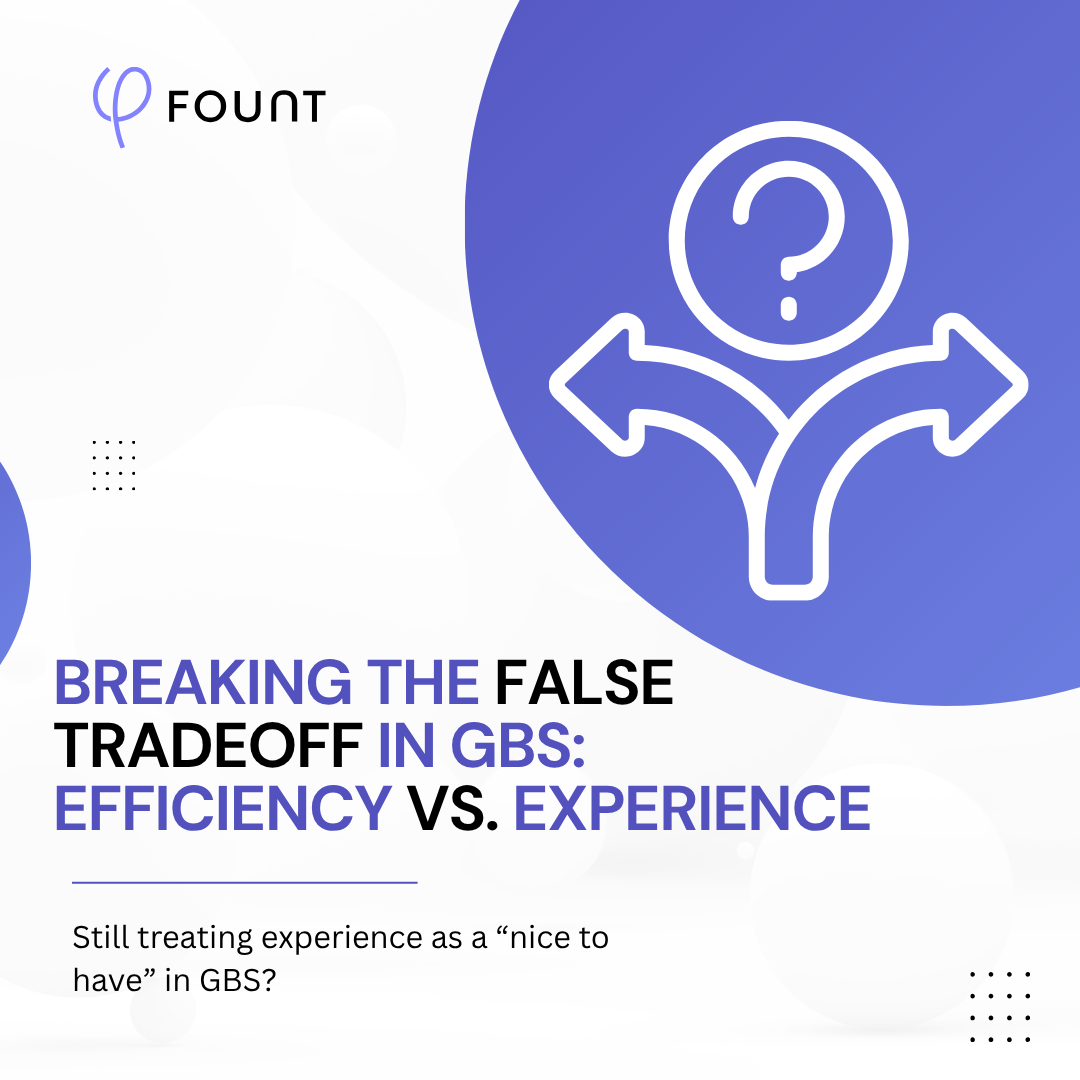
Insights
Breaking the False Tradeoff in GBS: Efficiency vs. Experience

Events
LIVE Webinar – July 9th for SSON Network. Beyond AI Hype: How to De-Risk Your GBS Transformation with Friction Data
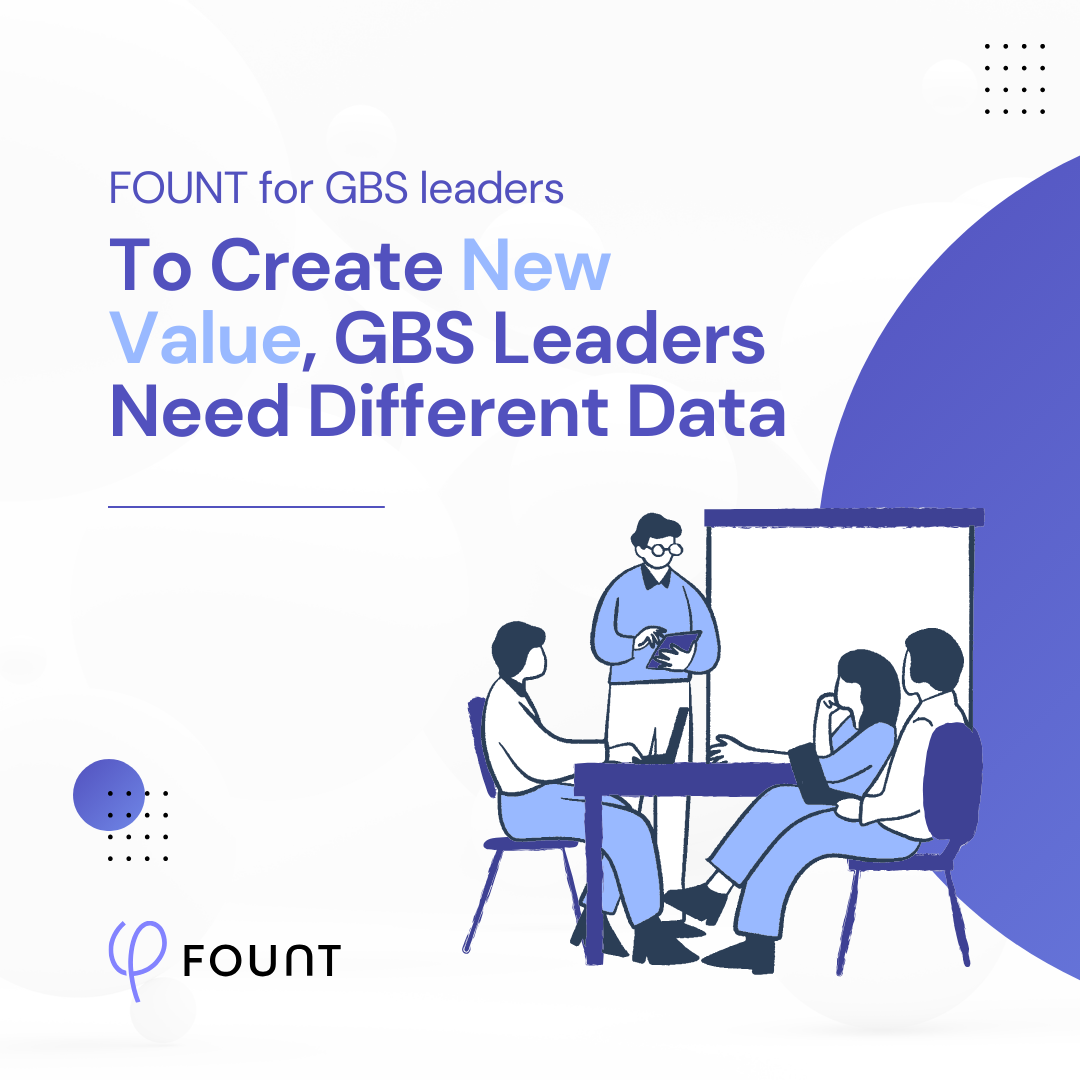
Insights
To Create New Value, GBS Leaders Need Different Data

Insights
How to Keep Up with the Latest AI Developments
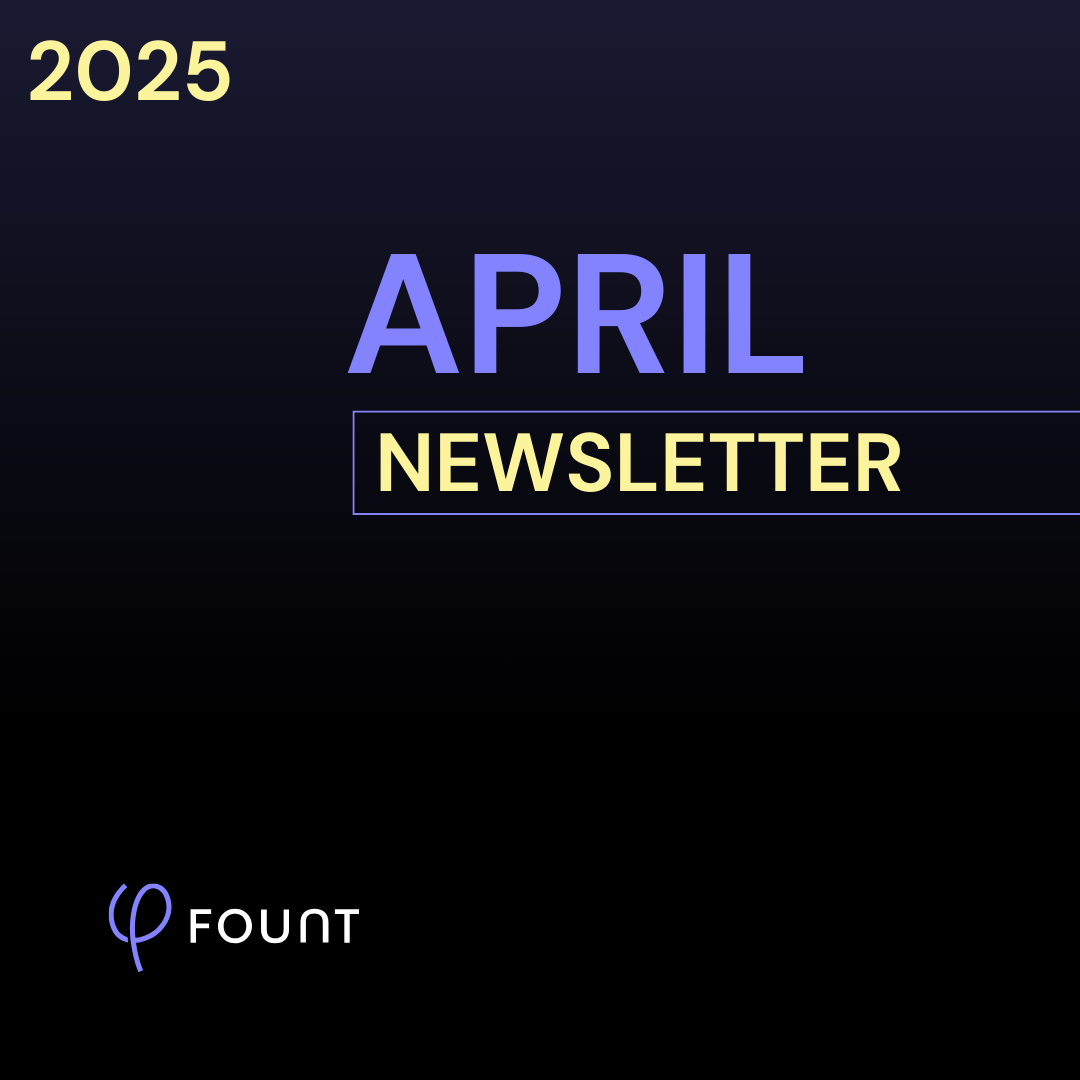
Insights
APRIL Newsletter. Friction: You Can’t Improve What You Can’t See
